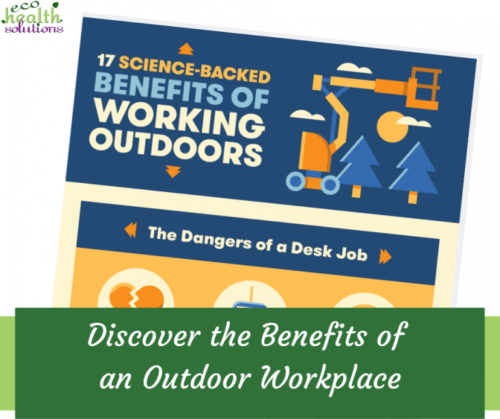Is My House Making Me Sick? Pt 1
Is my house making me sick?
PART 1
You’re not quite on your game. Your health has declined – your energy is low, you feel “off”, when you wake up you definitely don’t feel vibrant and refreshed any more. Each day has become a struggle and even a morning coffee doesn’t get you through the day.
The doctor says everything is fine, but your gut tells you it isn’t.
You’ve been to numerous health professionals, medical doctors, complementary medicine practitioners, and jeepers, with the amount you have forked out on testing, you are wishing you had bought shares in the pathology labs!
Something isn’t quite right, and you know it.
You’ve started to notice that when you are away from your home that you feel better, and not just because you are on holidays! When you return, so do your symptoms. You being to wonder…
“Could my house be making me sick?”

Detoxification 101
I’m talking the absolute foundations… and that is why I call it “Detoxification 101.”
Our bodies are truly amazing – we are like finely-tuned machines. We like to keep everything at “normal” – so we remove, address and deal with whatever throws our “normal” out (medically speaking, this is homeostasis).
If we follow the rhythms of nature, we rise to greet the sun, and we sleep while the sun does. The days are shorter in winter, so ours are too.
Because we are designed to sleep at night time, this is the time our body is programmed to clean everything up and actively work to return us to “normal” so that we are completely ready to “do it all again” the next day.
At a minute level, our cells are cleaning everything up, we detoxify, we heal.
However, in the presence of stress, these functions don’t happen.
It is a little like a see-saw. Stress goes up, so detoxification goes down.
And when we are talking stress, we are talking any and every kind of stress.
1. Breathe…easy!
The air inside our homes is unique and the quality of it is affected by anything and everything that comes into our homes. Research has shown that the indoor air can be up to five times more polluted than the outdoor air! Alarming, right?
Add to that the fact that the majority of people spend around 90-95% of their day indoors, and it starts to become clear why all of this is so important.
When we keep our doors and windows closed, the levels of indoor air contaminants build up and conversely, oxygen levels are reduced.
This can make us feel groggy, confused, itchy, sick… all depending on what is in our homes.
When we open our windows and doors and let the fresh air in, we end up exchanging the air and diluting these levels.
As a result, we often feel fresher, brighter and clear-headed.
Did You Know?
Did you know it is possible to exchange the air in your home in as little as 2 minutes?
By opening all external and internal doors and windows, it can take as few as 2 minutes to change all the air in your home over to fresh air!
“What Can I Do?”
At the very least, exchange the air inside your home each morning, each afternoon and each evening.
Start at your front door and do a lap of your home opening every door and window. Wait two minutes, and the do a lap and close the doors and windows you want closed.

2. Barefoot… and healthy!
Our shoes get to walk in all sorts of unpleasant things (I’ll leave it with you to think of some. My mind always goes back to the train I used to have to catch that was so foul, I would have a good shower when I got home, too!).
Apart from that, there are also pesticides, pollutants from traffic and roads, heavy metals, dust and so on.
When we wear our shoes inside, we can easily traipse all of this through our homes. From here it either moves about the place as dust, or if you have carpets or rugs, it becomes embedded deep within the pile.
Even a good clean may not remove all of these contaminants.
It is wiser, in my opinion, not to bring them into our homes to start with.
Did You Know?
Carpets act as a “sink” they collect all sorts of contaminants, including skin cells, mould spores and all the things you traipse in on your shoes.
I often think about a carpet as being like an archaeological site – revealing information about the lives of the people living there!
Also, where there is dust, there are dust mites.
“What Can I Do?”
Simple!





